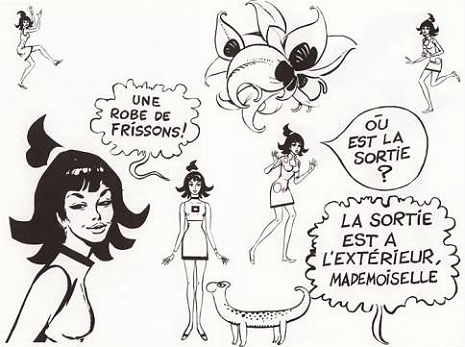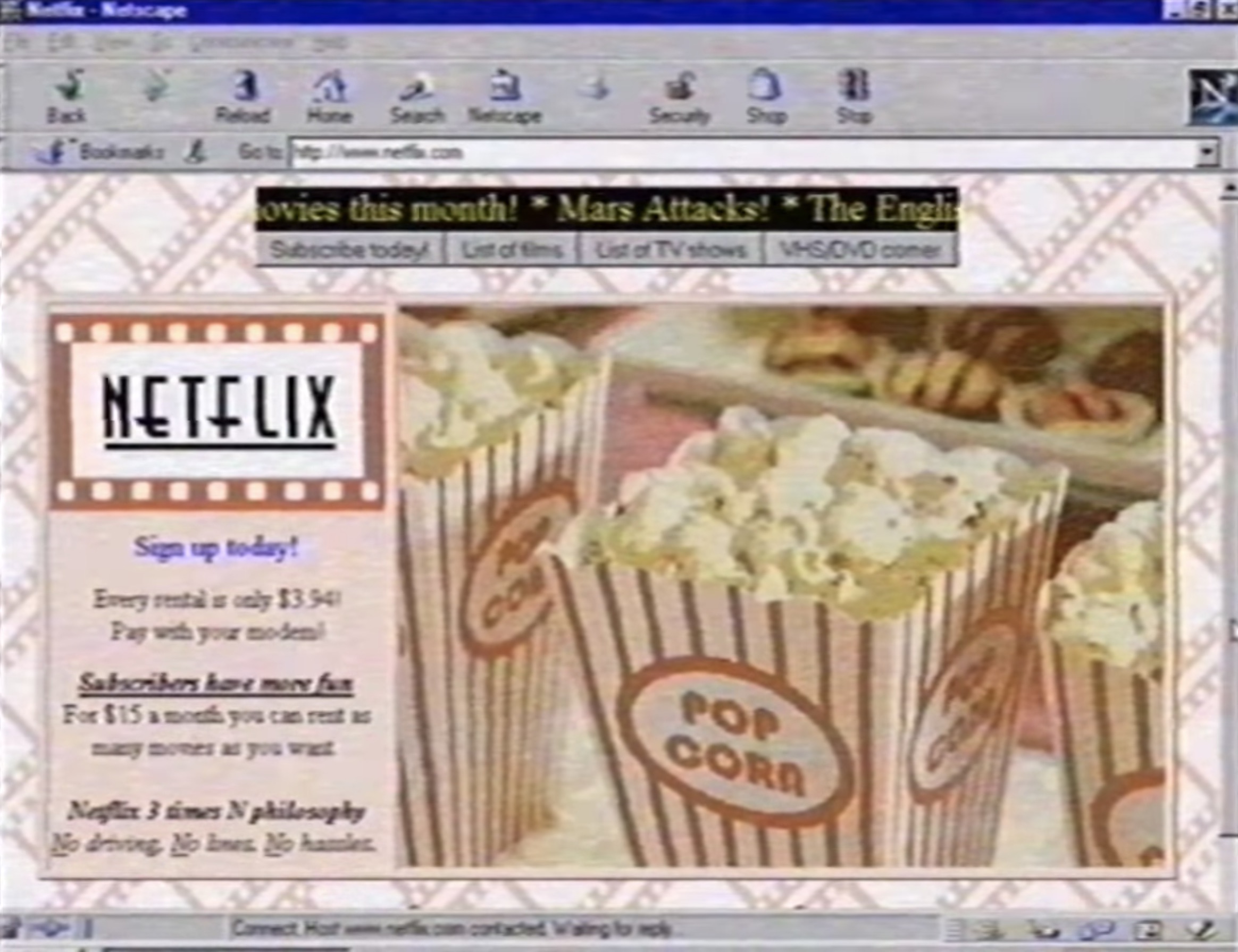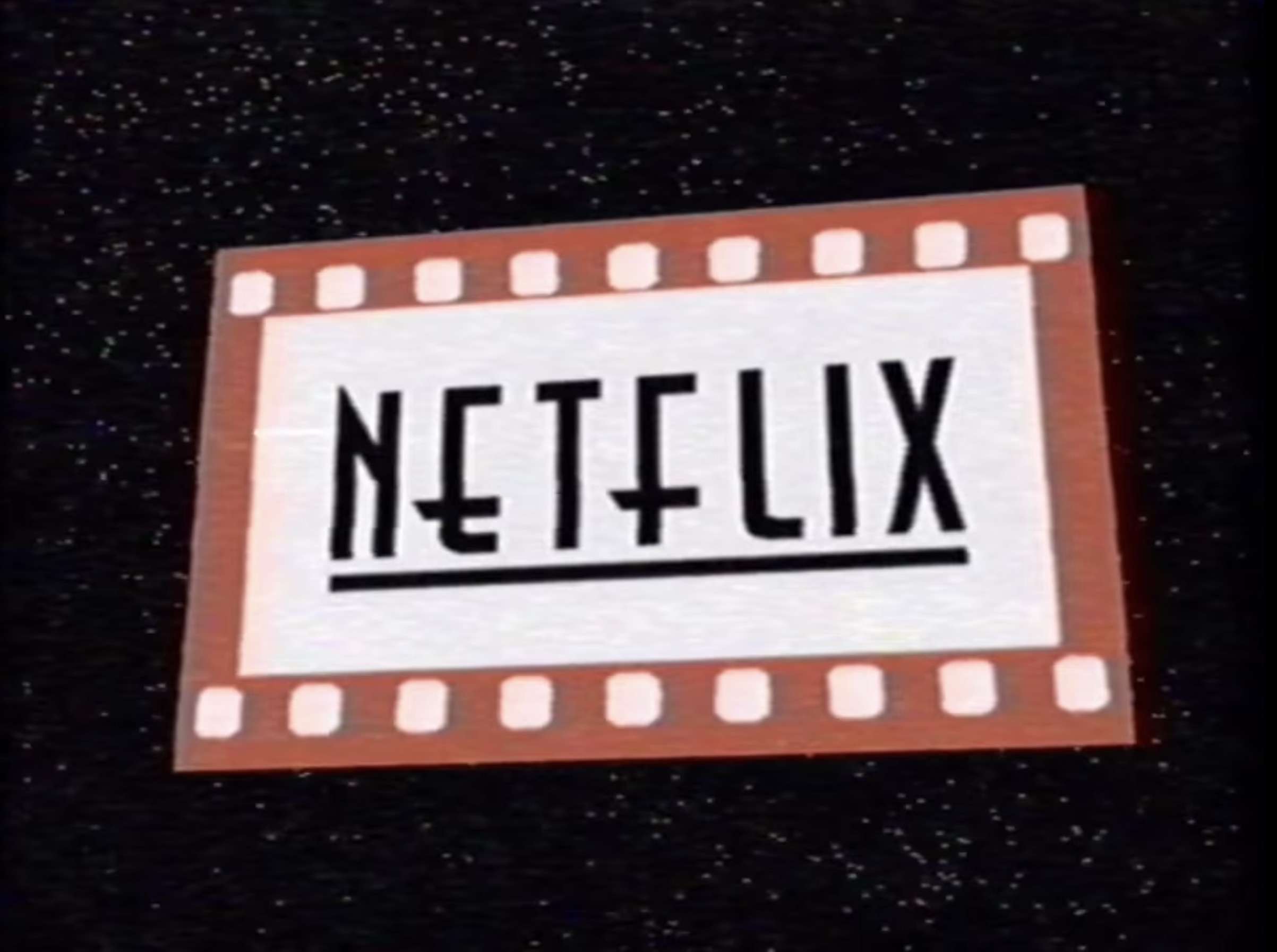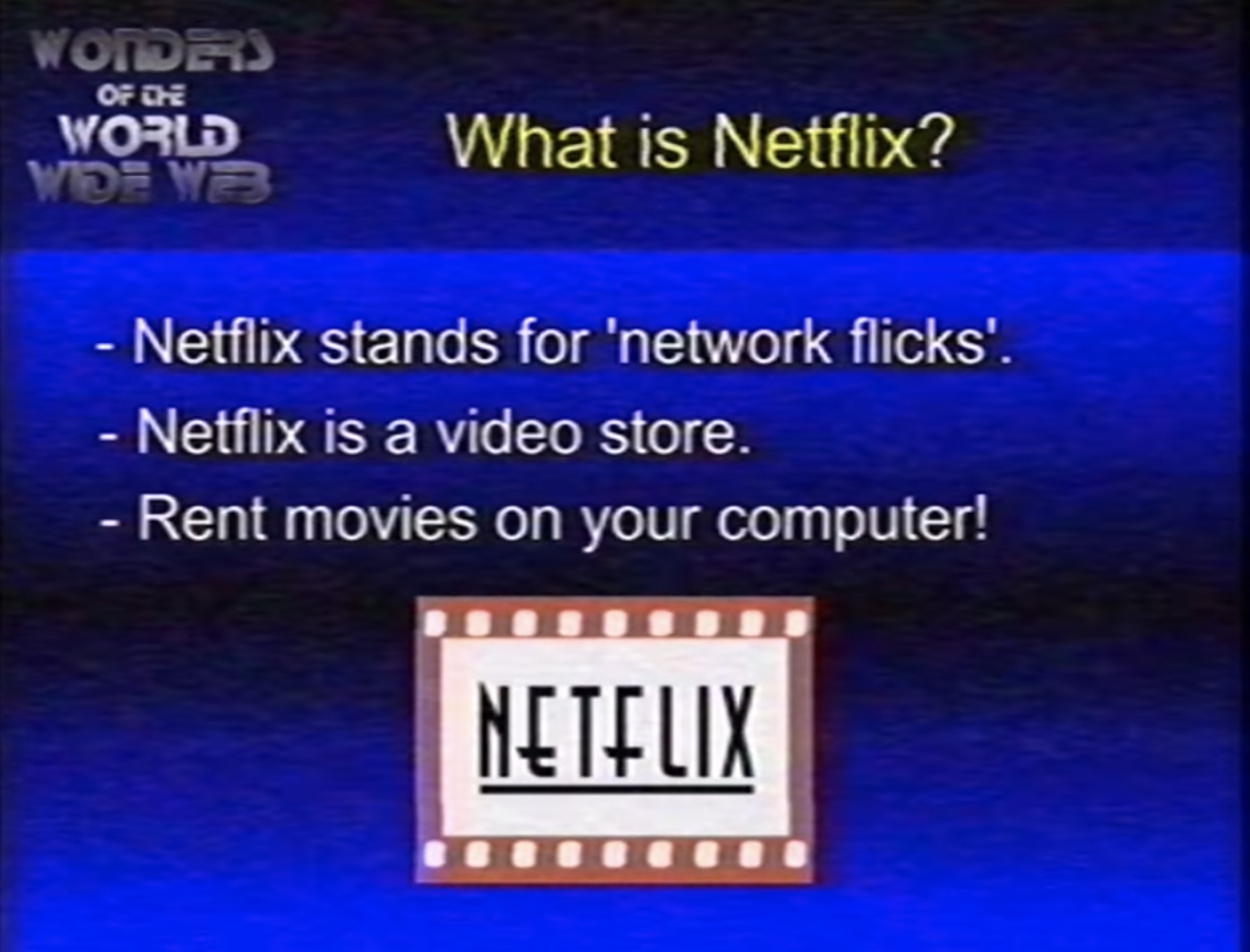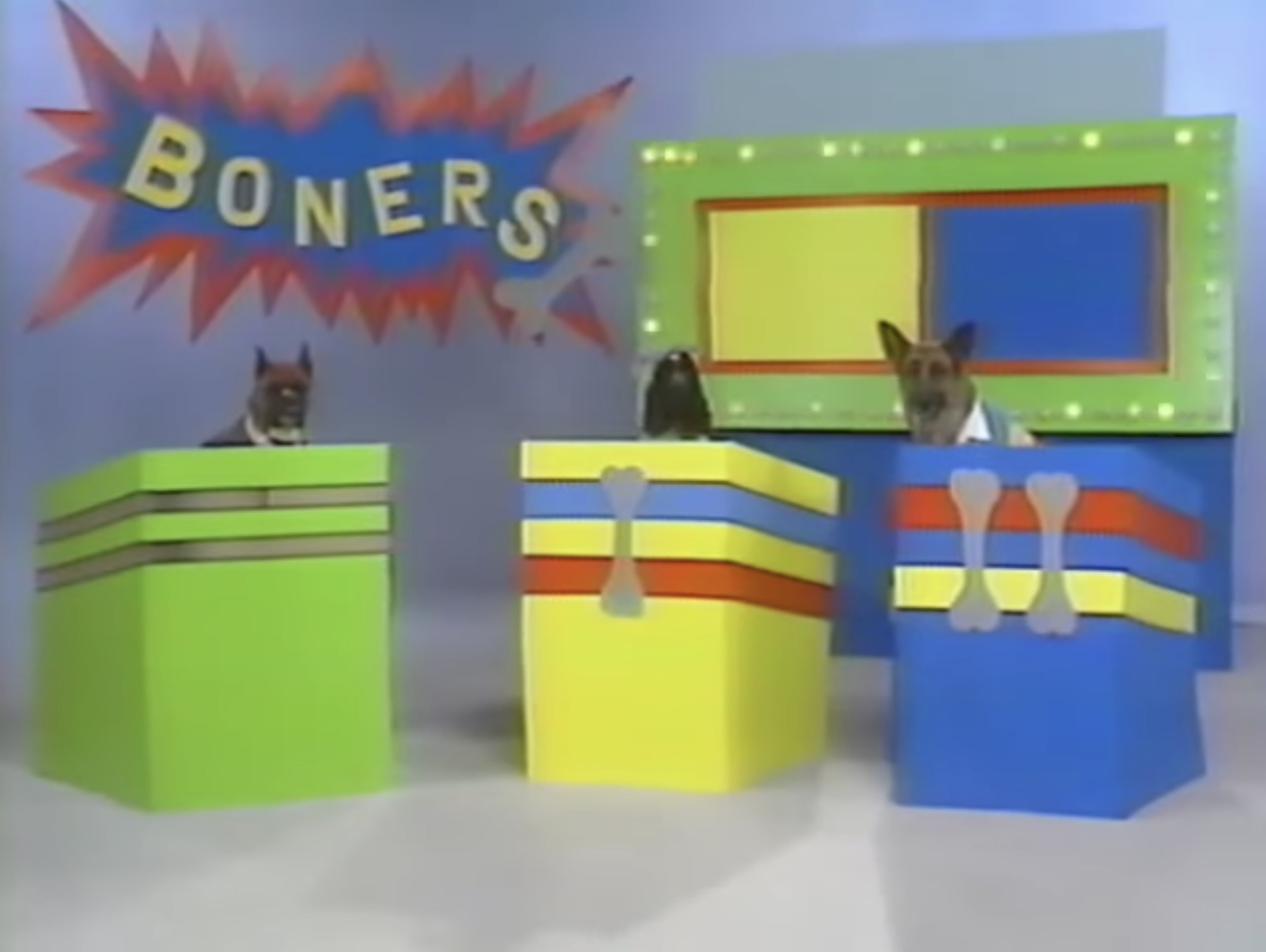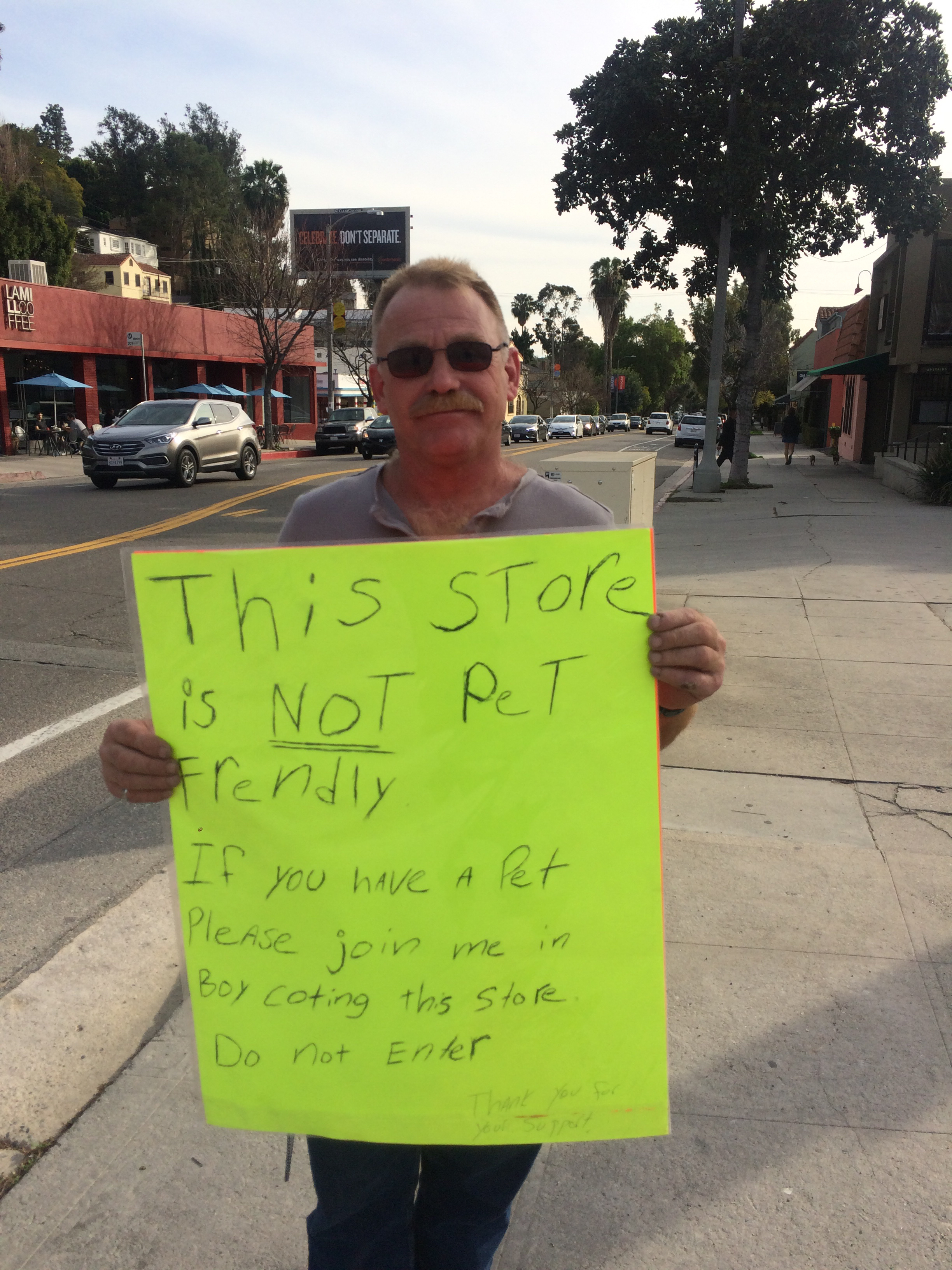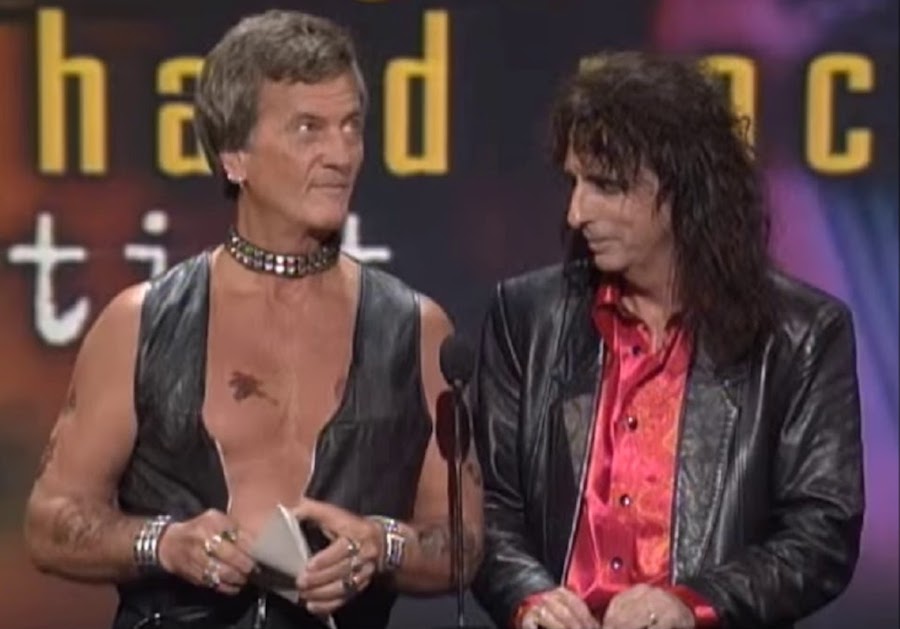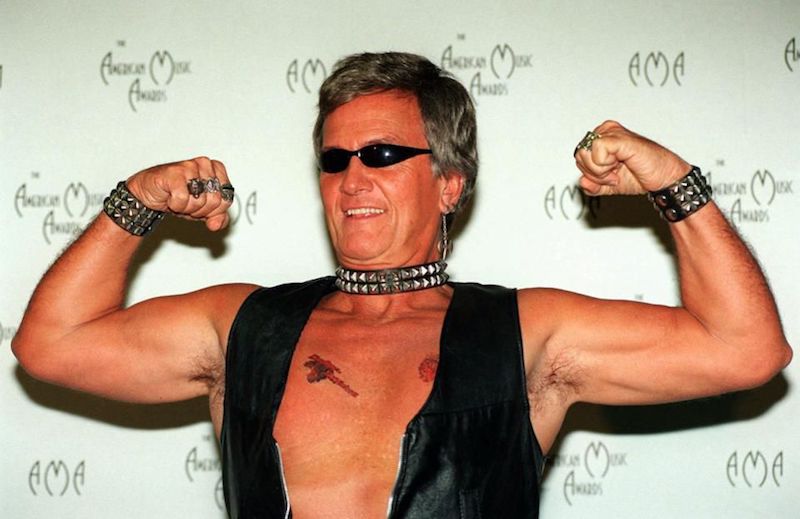
Tom Waits is in some sense the poster boy for the notion of willful independence from the clutches of corporations tempting musical artists with advertising moolah. Waits isn’t just known for not doing commercials, he famously filed suit against Frito-Lay and its advertising agency Tracy-Locke in 1988 after the mega-manufacturer of salty treats ran a commercial in which a man named Stephen Carter mimicked Waits’ unmistakably gravelly voice intoning the familiar patter of “Step Right Up,” only in this case adapted to alert viewers to the charms of its new product, SalsaRio Doritos.
Waits alerted his attorneys with alacrity—four years later he was rewarded with a whopping settlement of $2.6 million.
It might surprise you to learn, then, that Waits actually did voluntarily make his gravelly voice available for a large corporation for a commercial—one single, solitary time.
In 1981 Waits did the voiceover for a commercial for Purina Butcher’s Blend Dog Food. Here’s the text Waits was required to read:
As dog travels through the envied and often tempting world of man, there’s one thing, above all, that tempts him most…the taste of meat! And that is why Purina makes Butcher’s Blend. Butcher’s Blend is the first dry dog food with three tempting meaty tastes. Beef, liver, ‘n’ bacon. All in one bag. So c’mon, deliver your dog from the world of temptation. The world of Butcher’s Blend. The first dry dog food with three meaty tastes.
The gig didn’t pay $2.6 million but it surely put a spring into Waits’ step. The period right after 1980’s Heartattack and Vine was a heady one for Waits in that he not only ended his association with Asylum and joined forces with Island but he also somewhat acrimoniously dumped his manager, Herb Cohen. After making the decision to manage his own career (with his wife and artistic partner Kathleen Brennan) and also without his old label for the first time in almost a decade, it would be understandable for Waits to undergo a process of searching and also at least dip his toe into the advertising waters.

Waits has never seriously attempted to deny that the Butchers Blend commercial happened. In his book Lowside of the Road: A Life of Tom Waits, Barney Hoskyns quotes Waits as saying, “I was down on my luck. And I’ve always liked dogs.” Of Cohen, Waits said pungently that he had “gotten rid of my ex-manager and a lot of the flesh-peddlers and professional vermin I’d thrown in with.” (Captain Beefheart once said that Cohen reminded him of “a red marble in a can of lard.”)
Flush with SalsaRio Doritos simoleons, Waits could later afford to develop his (surely sincere) opposition to letting advertisers run roughshod all over musical artists. It wasn’t just Frito-Lay Waits took on, after all, not by a long shot. Waits has also tussled with the likes of Levi’s, MP3.com, and Audi whenever they threatened to use his likeness or vocal uniqueness in a manner of which Waits did not approve.
In 1999, during an interview conducted by Jonathan Valania of Magnet magazine, Waits made an oblique reference to his experience of selling his voice to Butchers Blend. Asked if he is truly “Big in Japan,” as the title of a new song (at the time) had it, Waits replied:
Haven’t played there in a long time. Last time I was there, I was on a bullet train, had my little porkpie hat, my pointed shoes and my skinny tie. There was a whole car of Japanese gangsters dressed like Al Capone and Cagney, really zooted. Everyone says, “Don’t go in there, don’t go in there,” but it was the only place with seats - everybody else was huddled together like cattle. And they are in this huge air-conditioned car, with tea and little cookies and six guys sitting around talking with cigars. I said, “Fuck, I’m gonna go in there and sit down.” And I did. It was like this big, heavy stand-off, then they all started laughing, we all tipped our hats and did that little bow. It was pretty funny. Then I brought my guys in and we all sat down, my mob with the Japanese mob. They always want me to do ads for underwear and cigarettes, but I never did them. I did one and I’ll never do it again. I used to see celebrities doing ads and my first reaction was, “Aw, gee he must have needed the money. That’s tough.” When somebody was on the slide, they would do an ad.
Continues after the jump…
Posted by Martin Schneider
|
04.16.2018
11:04 am
|
